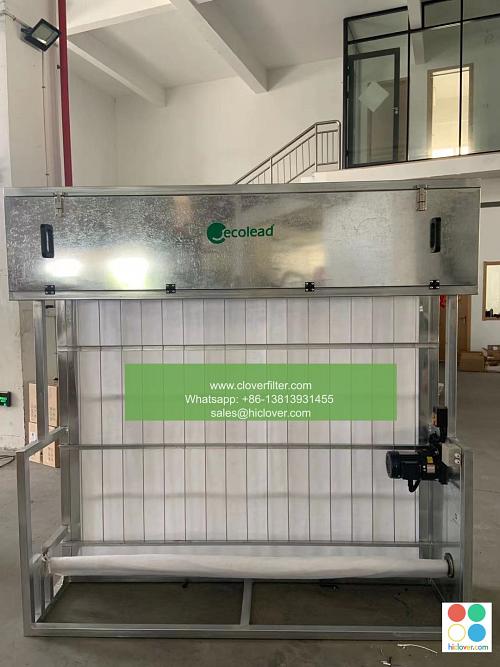Understanding the Anatomy of an Air Filter: A Detailed Analysis

Understanding the Anatomy of an Air Filter: A Detailed Analysis
Air filters are a crucial component in various industries, including HVAC, automotive, and aerospace, playing a vital role in maintaining the quality of air and improving performance. In this article, we will delve into the anatomy of an air filter, exploring its various components and applications, highlighting the importance of a proper understanding of its composition, functionality, and functionality.
The Structure of an Air Filter
An air filter consists of several components that work together to remove contaminants, particles, and gases from the air. The following are the key components of an air filter:
Filter Media
The filter media is the core component of an air filter, responsible for capturing impurities in the air. This can include fibers, membranes, or other materials designed to trap particles, gases, and other contaminants.
Frame and Housing
The frame and housing provide structural support for the filter media and protect it from external damage. They can be made from various materials, including plastic, metal, or fiberglass.
Separator Plates
Separator plates are often used in multi-stage filters to separate different types of contaminants, allowing the filter to target specific impurities.
Backside of the Filter (Filter Reback)
The backside of the filter, also known as the reback, is where the filter attaches to the system or equipment it is filtering.
How an Air Filter Works
Air filters work by utilizing the following principles:
Airflow and Bernoulli’s Principle
Air flows through the filter, creating a pressure drop due to the resistance of the filter media. This pressure drop forces the air to move through the filter, picking up impurities and contaminants along the way.
Surface Tension
The surface tension of the filter media helps to attract and trap particles, ensuring that impurities are captured and removed from the air.
Diffusion
Diffusion occurs when gas molecules move from an area of high concentration to an area of low concentration, allowing gases to be removed from the air as the filtered air emerges.
Applications of Air Filters
Air filters have a wide range of applications in various industries, including:
HVAC Systems
Air filters are used to clean the air circulating through heating, ventilation, and air conditioning (HVAC) systems, improving indoor air quality and reducing the risk of illnesses.
Automotive Industry
Automotive air filters clean the air entering the vehicle’s engine, intake manifold, and cabin, improving performance and reducing emissions.
Aerospace Industry
Air filters are critical in aerospace, ensuring the clean air needed for aircraft engines, conditionalair, and cabin air systems.
Medical and Healthcare
Air filters are used in medical and healthcare settings to purify the air, reducing the risk of airborne infections and improving patient health.
Food Processing and Agriculture
Air filters are used in food processing and agriculture to remove impurities and contaminants, ensuring a clean and safe environment for food production and handling.
Conclusion
In conclusion, understanding the anatomy of an air filter is crucial for optimizing performance, improving filtration efficiency, and ensuring the effective removal of impurities and contaminants from the air. By recognizing the key components, principles, and applications of air filters, individuals can appreciate the importance of air filtration in various industries, from HVAC to aerospace, and make informed decisions for maintaining high-quality air in their environments.
I’m excited to help! What would you like to talk about or ask? Please go ahead and give me a prompt, and I’ll do my best to assist you.

